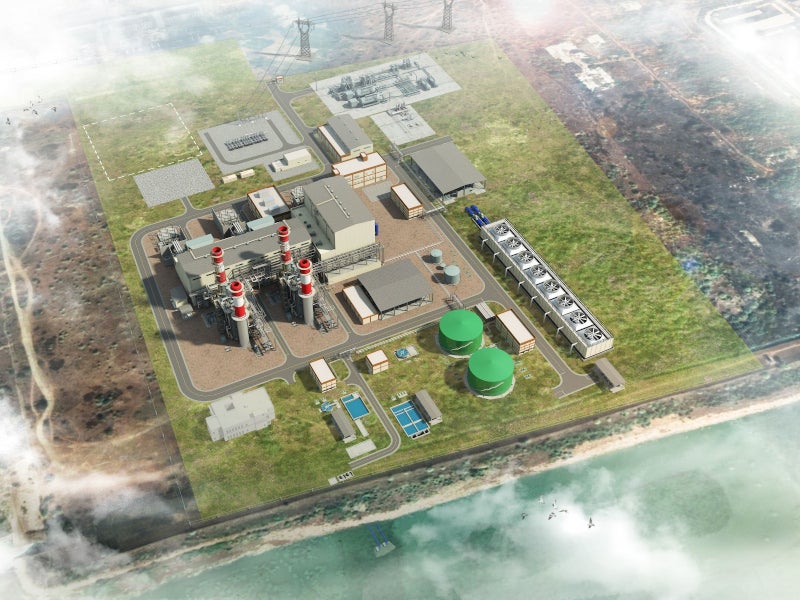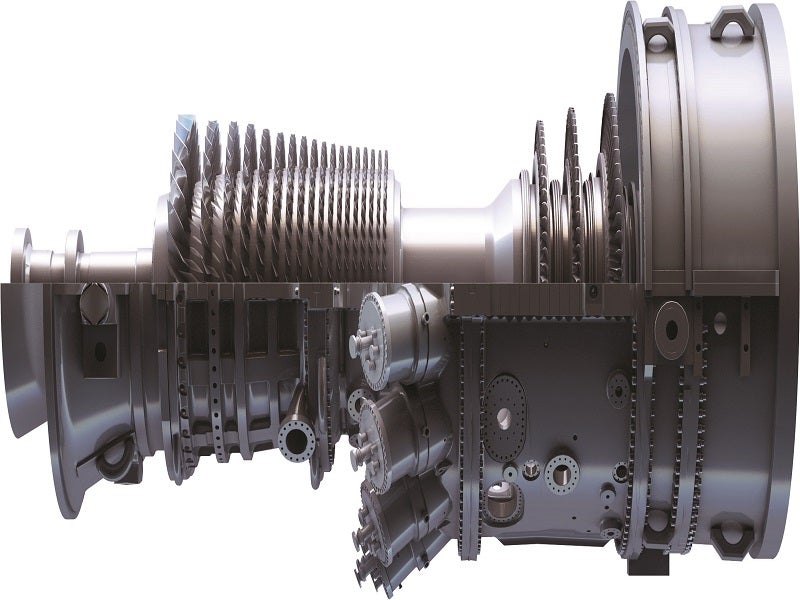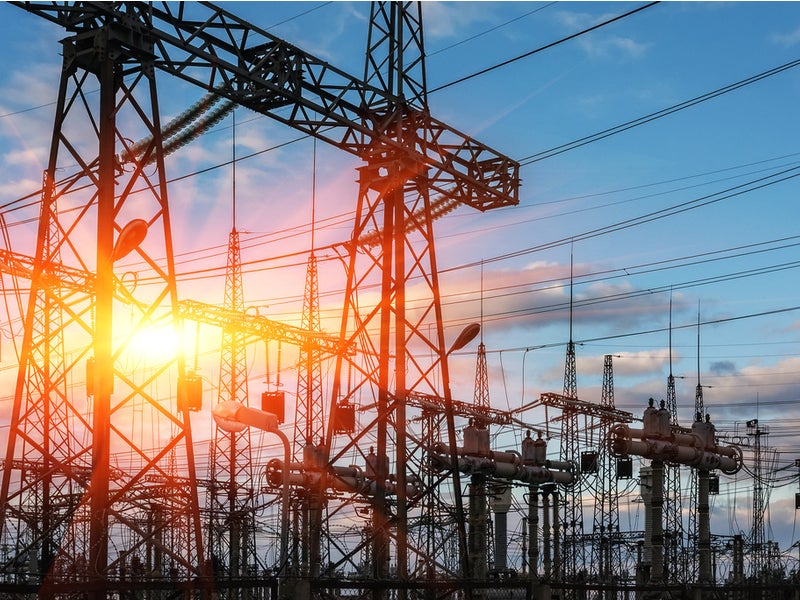In a joint venture with JERA, Reliance Power is developing a 745MW liquefied natural gas (LNG)-fired combined-cycle power plant in Bangladesh.
The project is India’s largest foreign direct investment (FDI) in the Bangladesh power sector and represents the first phase of a proposed 3,000MW gas-based combined-cycle power project.
It will have a net output of 718MW and will produce sufficient electricity to meet the demands of 850,000 homes in Bangladesh.
The project is being developed through a joint venture called Reliance Bangladesh LNG & Power (RBLPL), in which Reliance Power owns 51% stake and JERA owns 49% stake.
Based in Japan, JERA is a joint venture between Tokyo Electric Power Group and the Chubu Electric Power Group.
Reliance Bangladesh gas power plant location and development
RBLPL’s new power plant will be located within the Meghnaghat Industrial Complex in Meghnaghat village, approximately 40km from the capital city of Dhaka, on the banks of the Meghna River.
A land lease agreement for the project has been signed with BPDB and an implementation agreement with the Ministry of Power, Energy and Mineral Resources. Commissioning is expected in 2022.
Plant make-up
The Reliance Bangladesh combined-cycle power plant will be installed with one GE D11 steam turbine, upgraded versions of two GE 9F.03 gas turbines, two heat-recovery boilers, three H53 generators and a substation.
The gas turbines will be equipped with a hydrogen-cooled generator and GE’s Advanced Gas Path (AGP) technology.
The AGP solution will facilitate a 6.7% increase in power production, heat rate improvement of up to 3.3%, increased efficiency of up to 2%, enhanced operational flexibility and extended maintenance interval of up to 32,000 hours.
Production at the combined-cycle power plant in Meghnaghat
The plant’s combined-cycle process will include compression of air by the axial compressor, which will get into the combustion chamber to be combined with natural gas. The combustion of the mixture of gases will produce a high-temperature flue gas, which will drive the gas turbine.
Flue gas from the gas turbine will enter the heat recovery steam generator (HRSG) for heat exchange and then escape through the stack into the atmosphere.
The gas turbine will be coupled to the generator rotor at the compressor air inlet end via a load coupling. The generator circuit breaker will connect the generator to a 400kV gas-insulated substation (GIS).
Exhaust gas from the gas turbine will be routed to the HRSG to produce the steam required to operate the steam turbine.
The voltage will be stepped-up from 15.75kV to 400kV by a transformer. The steam turbine generator will be connected to the electrical grid via a 400kV GIS line breaker.
The generated electricity will be evacuated through a 400kV transmission network owned by Power Grid Company of Bangladesh (PGCB).
Fuel supply for Reliance Bangladesh’s gas power plant
The plant will use re-gasified liquefied natural gas fuel supplied by Titas Gas Transmission and Distribution, a subsidiary of Petrobangla, under a 22-year gas supply agreement.
A memorandum of understanding (MoU) was signed between Reliance Power and PetroBangla to establish a 500 million standard cubic feet per day (Mmscfd) LNG terminal at Kutubdia Island, near Chittagong.
LNG will be supplied from Kutumbpur to Meghnaghat via a proposed 24in-diameter gas pipeline being set up by Gas Transportation Company (GTCL).
Power off-take from Reliance Bangladesh gas power plant
The electricity generated from the new power plant will be sold to Bangladesh Power Development Board (BPDB) under a long-term power purchase agreement (PPA) for a period of 22 years from the date of commercial operation.
Financing
RBLPL signed a loan agreement for $642m with a group of banks, including the Japan Bank for International Cooperation (JBIC) in July 2020. Co-financing is provided by MUFG Bank, Societe Generale Mizuho Bank, and Sumitomo Mitsui Banking Corporation.
Nippon Export and Investment Insurance (NEXI) agreed to provide insurance for commercial banks.
Further, The Asian Development Bank (ADB) signed a financing package worth $200m with RBLPL in July 2020. It included a loan of $100m each from ADB and the Leading Asia’s Private Infrastructure Fund (LEAP).
Contractors involved
RBLPL signed an engineering, procurement and construction (EPC) contract for the project with Samsung C&T in July 2020.
GE won a sub-contract from Samsung C&T to supply turbines for the plant, along with other parts. The company will provide its AGP technology for two gas turbines, steam turbine refurbishment and control upgrades.
Baker McKenzie advised RBLPL on the development and financing of the project, while Adroit Environment Consultants (AECL) prepared the environmental and social impact assessment (ESIA) report.






